Our Stories
Recent Articles
History & Discoveries
Capitol Lyrics: "America the Beautiful"
The lyrics of this patriotic song are found easily at the U.S. Capitol.
History & Discoveries
A Hallowed Figure in American Art and Culture: the Bald Eagle
The bald eagle is painted, sculpted and carved throughout the Capitol campus. Its white head, wide wingspan and gnarled talons are ubiquitous.
History & Discoveries
Unearthing Capitol Hill's Buried History
Visit Congressional Cemetery and discover the many connections the Architect of the Capitol has to this hallowed ground.
History & Discoveries
The U.S. Capitol Rotunda: Celebrating 200 Years as the Heart of American Democracy
The Rotunda was completed under the direction of Charles Bulfinch by the time of the visit of the Marquis de Lafayette in October 1824.
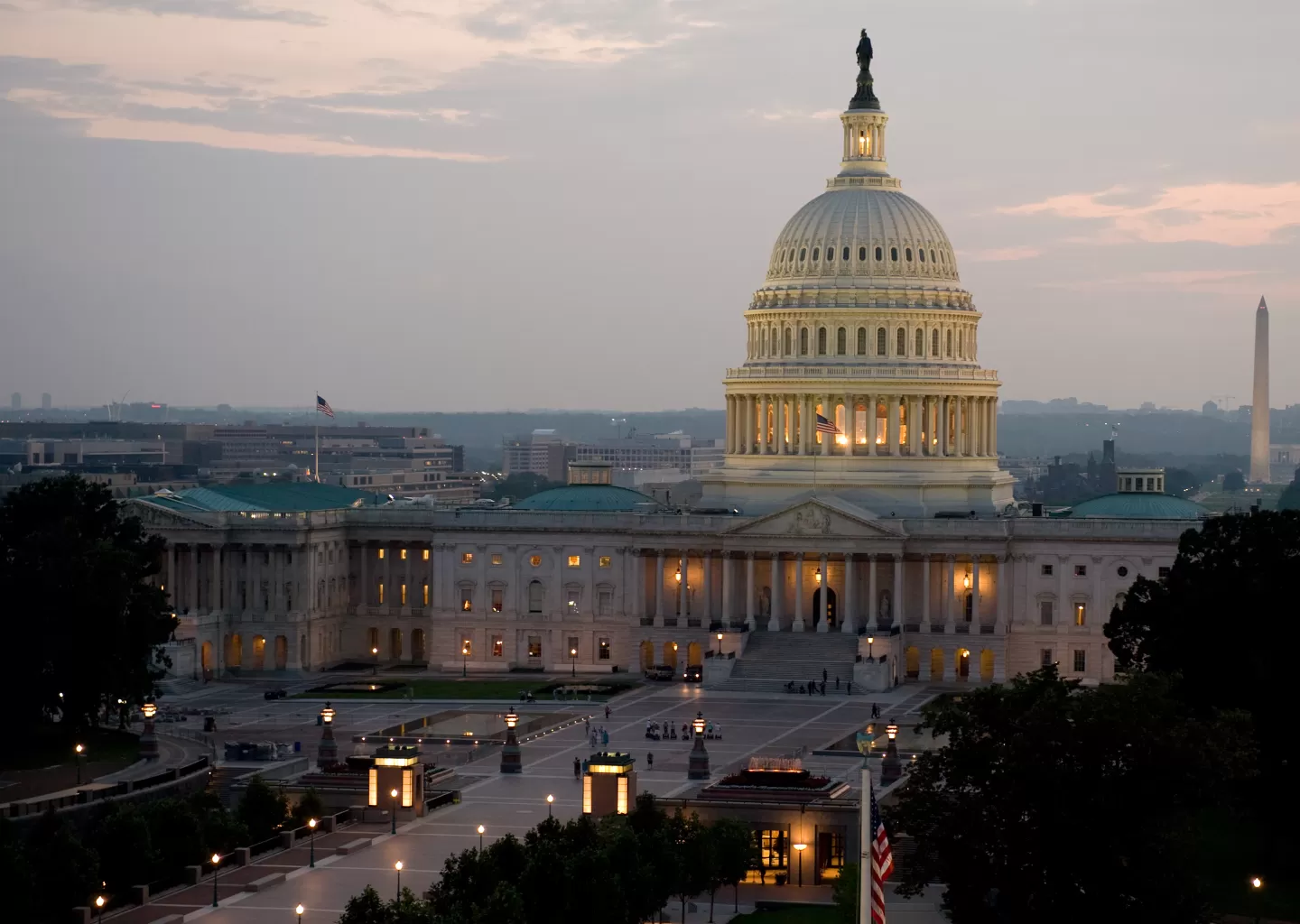
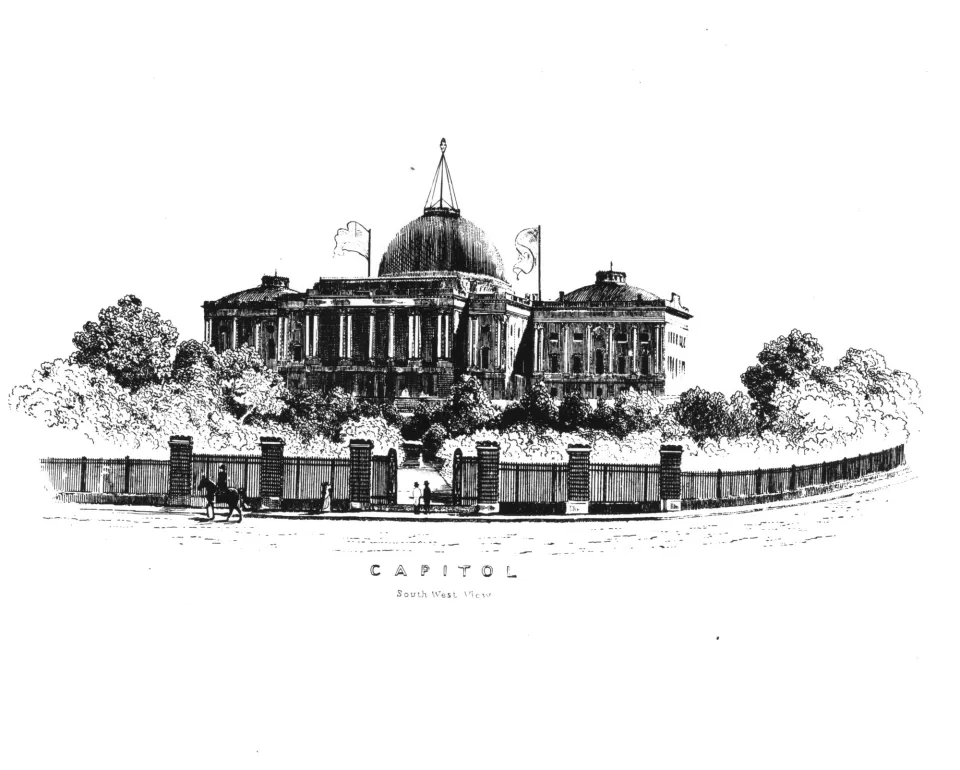
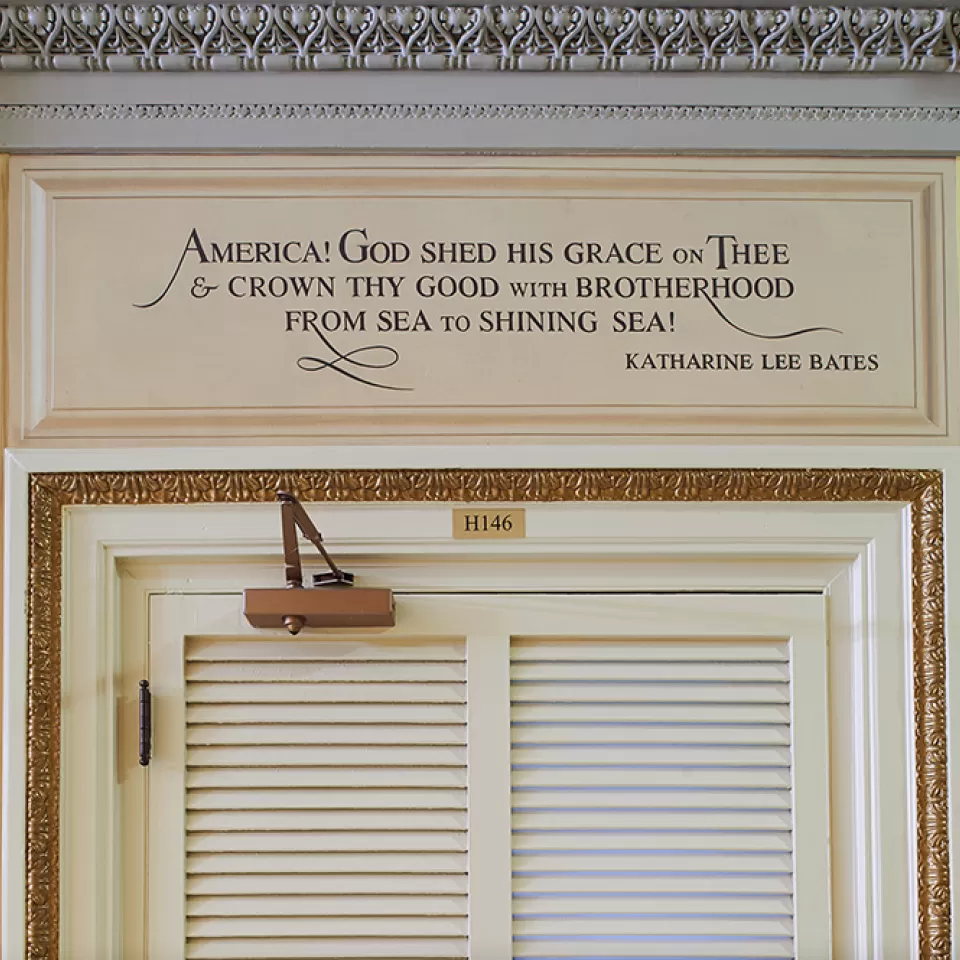
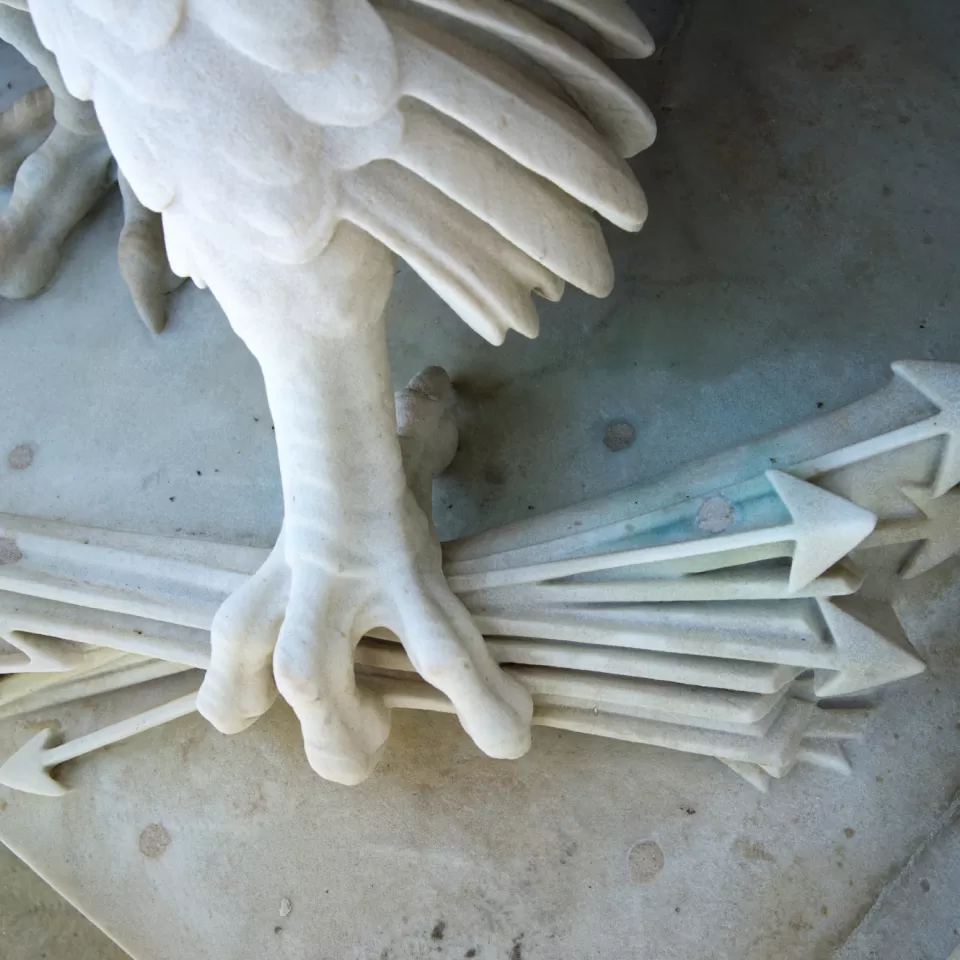
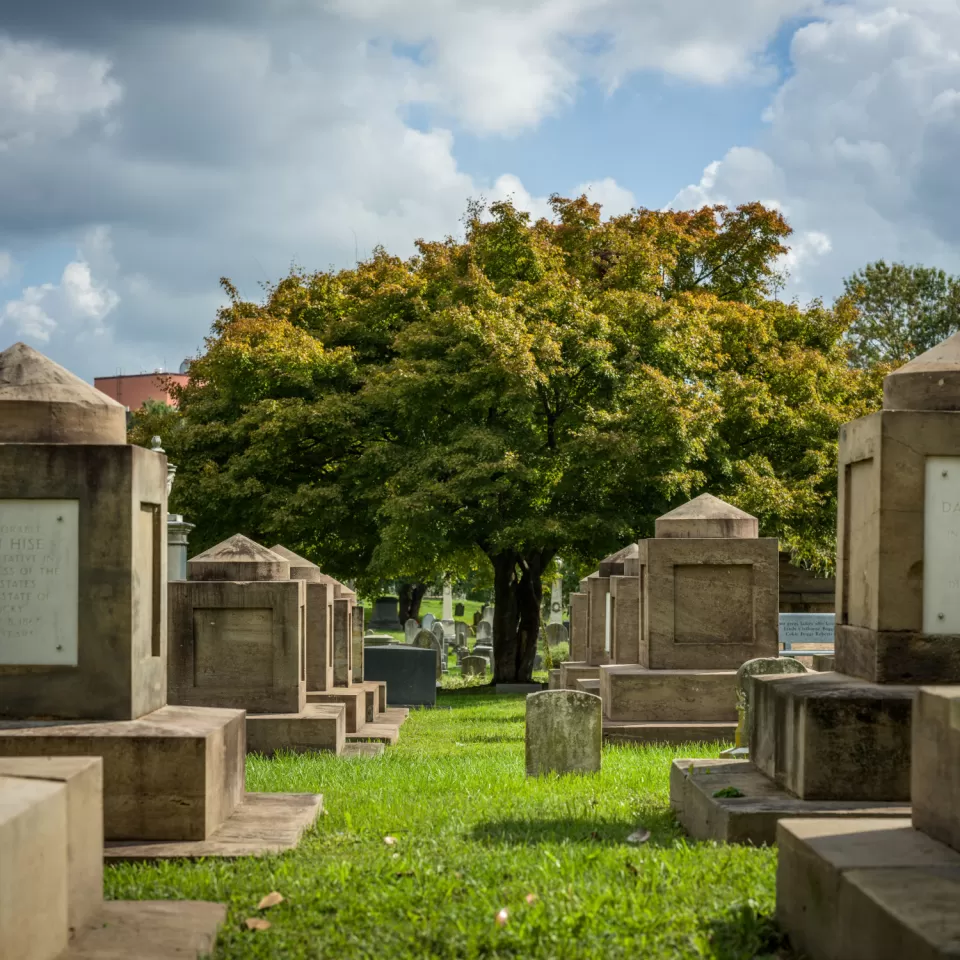
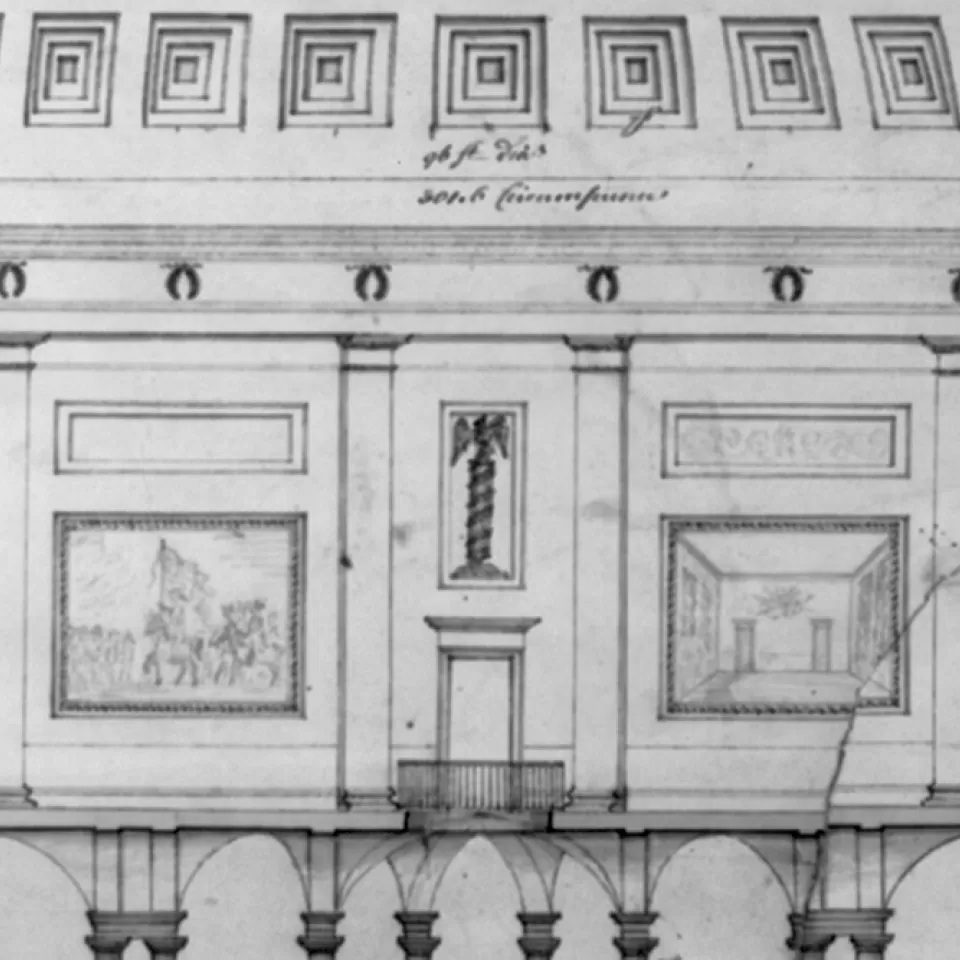
Comments
I just learned about the "session light" from, of all places, Cosmopolitan magazine--an issue from 1897. Prior to Helen Gurley Brown Cosmo was a literary magazine. The issue I've got has among other features a poem by Bret Harte, a portion of the original War of the Worlds by H G Wells, and an overwhelmingly dull exposition on higher education from Timothy Dwight, Pres. of Yale.
The advertisements, confined to the back of the magazine, feature ads for a large assortment of hospitals specializing in the cures for cancer, paralysis, alcoholism. Also included were ads for the expensive fads of the day, namely cameras, bicycles, and music boxes. One ad encourages the reader to sign up for a correspondence course from the American Correspondence School with the object of passing the Civil Service exam so as to land a Federal job. It includes a line drawing of the Capitol building with the Session Light pointed out. I'd never heard of it. If you'd like a copy of the ad, please let me know.
Yes, that would be an interesting read.
😊! ~TYSM ¤☆~☆~
While visiting the Capitol at dusk, I noticed the flowers etched/embossed on the rectangular glass in the "square" lamp posts surrounding the Capitol. Is there significance to the flowers or they are just pretty?
Thank you in advance
Hello! Great article! I was on social media and found a post about the United Kingdom Parliament having a similar light to denote that debate is occurring in the chamber. I immediately thought about this article and wondered if there was a connection of some kind?
Add new comment